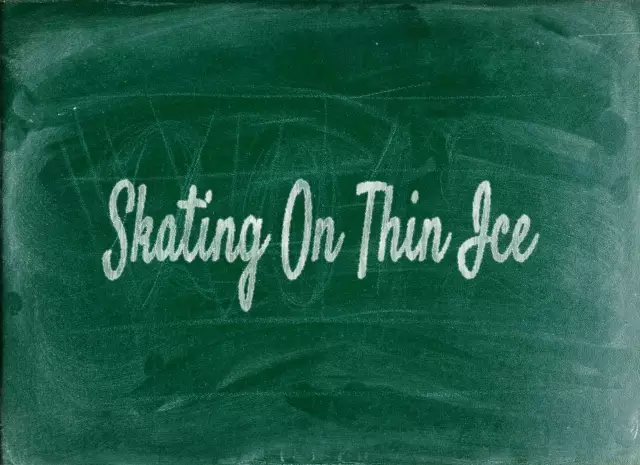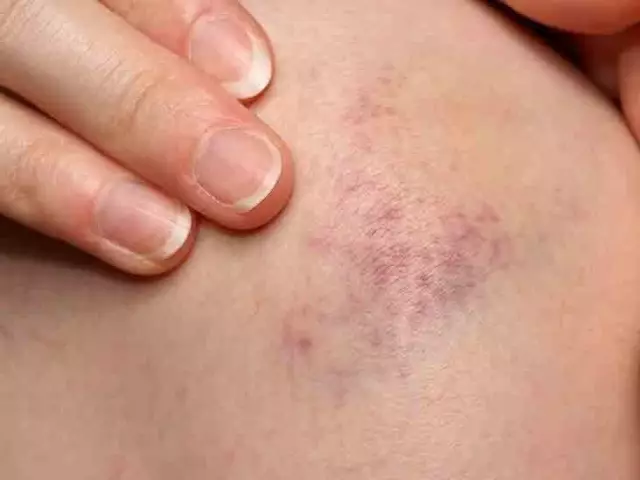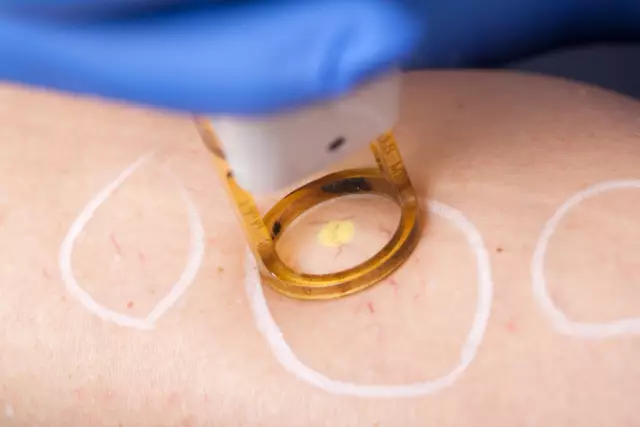- Author Rachel Wainwright [email protected].
- Public 2023-12-15 07:39.
- Last modified 2025-11-02 20:14.
Sclerotherapy

Sclerotherapy is one of the methods of dealing with varicose veins and spider veins.
The essence of vein sclerotherapy is that a sclerosing solution (sclerosant) is injected into the affected vein by injection, which causes the vein walls to collapse and stick together. As a result, after sclerotherapy, blood circulation in this part of the venous network is disrupted, and the blood moves along collateral veins, which go deeper and duplicate the sclerosed vessel.
Over time, the vein completely disappears, turning into a connective tissue cord. According to reviews, sclerotherapy gives a pronounced cosmetic and therapeutic effect.
Preparation for vein sclerotherapy
As you know, varicose veins are a constant source of the threat of blood clots in the bloodstream. A blood clot can block a narrow vessel lumen and disrupt the blood supply to vital organs. The structural features of the connective tissue in the body predispose to varicose veins disease, since it is the weakness of the connective tissue of the venous wall that is a predisposing factor to the "loss" of veins.
Sclerotherapy is usually performed by a phlebologist who specializes in venous diseases. It is important for him to know what drugs the patient is taking before performing the procedure. This is especially true for hormonal drugs, antiplatelet agents and other drugs that affect blood clotting. Some of them will have to be canceled for 1 - 2 days, or the dose should be reduced. Otherwise, bruising and bleeding cannot be avoided.
Alcohol and tobacco should also be excluded 2 days before the procedure. Experts do not recommend doing hair removal before vein sclerotherapy. You should come to the sclerotherapy procedure with cleanly washed feet, in loose and comfortable clothes.
Sclerotherapy procedure
Sclerotherapy is performed without anesthesia, and the patient can go home immediately after it.
To carry out sclerotherapy of veins, very thin injection needles or microcatheters are used, thanks to which the procedure is almost painless. Sclerosant drugs also have an analgesic effect, they are safe to use, only occasionally the introduction of sclerosants into a vein is accompanied by a feeling of slight burning.
Sometimes, for compression sclerotherapy, the medical solution is injected in the form of foam - it has a larger area of contact with the venous wall, which means it is more effective.
During compression sclerotherapy, the patient lies on his back with his legs raised up.

Immediately after sclerotherapy, the doctor massages the skin over the affected vein for better contact of the drug with the wall, then special compression tights or stockings are put on the legs for round-the-clock wearing. After the sclerotherapy procedure, you should walk for 10 to 20 minutes so that the healing solution is better dispersed through the vein. Doctors also recommend daily walking for at least 1 hour, but it is undesirable to take a sitting or standing position for a long time.
According to reviews, sclerotherapy corrects a cosmetic defect of varicose veins for a long time, often for life. Even if complete sclerosis cannot be achieved, the manifestations of the disease are significantly reduced. Sometimes multiple sclerotherapy sessions are required.
Side effects of vein sclerotherapy
Sometimes after sclerotherapy there is itching at the injection site, usually it goes away on its own. The skin along the sclerosed vein may darken, light brown stripes sometimes persist on the legs for up to a year.
If, during the treatment period, you wear high-heeled shoes or with a narrow shoe, then tissue swelling may occur in the ankle area. Failure to comply with the instructions of the attending physician and the removal of compression underwear ahead of time may begin thrombophlebitis (inflammation of the venous wall).
Compression sclerotherapy does not prevent new varicose veins from appearing.
Found a mistake in the text? Select it and press Ctrl + Enter.






